What if the secret to eternal youth wasn’t hidden in some mythical fountain but in the lines of code running on supercomputers? For centuries, humans have chased the dream of immortality, from Ponce de León’s legendary quest for the Fountain of Youth to modern-day billionaires investing millions in anti-aging research. But today, the game has changed. Artificial intelligence (AI) is stepping into the spotlight, offering a scientific approach to slowing—or even reversing—aging. And it’s not just science fiction anymore.
Renowned scientists like David Sinclair, a Harvard geneticist, and Aubrey de Grey, a pioneer in longevity research, have been vocal about the potential of AI to crack the code of aging. Even tech giants like Google DeepMind are diving into the fray, using machine learning to decode the mysteries of human biology. The question isn’t whether AI can help us live longer—it’s how soon we’ll see results.
This article isn’t just about the science; it’s about the hope, the challenges, and the ethical dilemmas that come with the promise of eternal youth. We’ll explore how AI is transforming anti-aging research, from understanding the biology of aging to designing personalized therapies that could extend human lifespan. By the end, you’ll see why AI isn’t just a tool—it’s humanity’s best shot at rewriting the rules of aging.
1. The Biology of Aging: Understanding the Enemy
1.1 What Causes Aging?
Aging isn’t just about wrinkles and gray hair—it’s a complex biological process that happens at the cellular level. Think of your cells as tiny machines. Over time, these machines wear out. Telomeres, the protective caps at the ends of your chromosomes, shorten with each cell division. Mitochondria, the powerhouses of your cells, become less efficient. And DNA damage accumulates, leading to errors in how your cells function. It’s like running a car without ever changing the oil—eventually, things break down.
One of the biggest culprits in aging is senescent cells, often called “zombie cells.” These are cells that have stopped dividing but refuse to die. Instead, they linger in your body, releasing harmful chemicals that damage surrounding tissues. Imagine a party guest who overstays their welcome and starts breaking the furniture—that’s what senescent cells do to your body.
1.2 The Hallmarks of Aging
Scientists have identified nine key hallmarks of aging, each contributing to the decline of our bodies. These include:
- Genomic instability: DNA damage that accumulates over time.
- Epigenetic alterations: Changes in how genes are expressed without altering the DNA itself.
- Loss of proteostasis: The breakdown of protein quality control systems.
- Mitochondrial dysfunction: Declining energy production in cells.
- Cellular senescence: The buildup of zombie cells.
- Stem cell exhaustion: The depletion of cells that repair and regenerate tissues.
- Altered intercellular communication: Miscommunication between cells.
- Deregulated nutrient sensing: Problems with how cells process nutrients.
- Chronic inflammation: Persistent low-level inflammation that damages tissues.
These hallmarks don’t work in isolation—they’re interconnected, like a domino effect. When one goes wrong, it can trigger a cascade of problems. Understanding these processes is the first step in figuring out how to stop—or even reverse—aging.
1.3 Current Anti-Aging Strategies
So, what are we doing about aging right now? Some of the most promising strategies include:
- Caloric restriction: Eating less to slow down aging. Studies show that reducing calorie intake can extend lifespan in animals, though it’s not exactly a fun diet plan.
- Senolytics: Drugs that target and eliminate zombie cells. Think of them as the bouncers at the cellular party, kicking out the troublemakers.
- Gene therapy: Editing genes to repair damage or enhance cellular function. CRISPR technology, for example, is like a molecular scalpel that can cut out faulty DNA and replace it with healthy code.
But here’s the catch: these strategies have limitations. Caloric restriction is hard to maintain, senolytics are still in early trials, and gene therapy is expensive and not yet widely available. That’s where AI comes in—it’s the missing piece that could take anti-aging research to the next level.
2. AI in Biomedical Research: A New Frontier
2.1 How AI is Transforming Drug Discovery
Imagine a world where finding the next big anti-aging drug is as easy as asking your smart speaker to play your favorite song. Thanks to artificial intelligence, that future isn’t as far-fetched as it sounds. AI is revolutionizing drug discovery by sifting through mountains of data to identify potential anti-aging compounds. It’s like having a super-smart lab assistant who never sleeps, never complains, and doesn’t need coffee breaks.
For example, companies like Insilico Medicine are using AI to screen millions of molecules for anti-aging properties. In one groundbreaking study, their AI system identified a potential senolytic drug—a compound that targets and eliminates “zombie cells” that contribute to aging—in just 46 days. That’s faster than most of us can binge-watch a season of our favorite show!
AI is also helping repurpose existing drugs. Take NAD+ boosters, for instance. These compounds, which help replenish cellular energy, were originally studied for other conditions. But thanks to AI, researchers discovered their potential to slow aging. It’s like finding a hidden treasure in your own backyard.
2.2 AI and Genomics: Decoding the Blueprint of Life
If your DNA were a book, it would be a 3-billion-word epic filled with twists, turns, and a few plot holes. Decoding this genetic masterpiece is no small feat, but AI is up to the task. Machine learning algorithms are now being used to analyze genomic data, identifying genes linked to aging and longevity.
One standout example is the work being done at Broad Institute, where AI is helping researchers pinpoint genes that influence lifespan. By understanding these genetic “switches,” scientists can develop targeted therapies to slow or even reverse aging. It’s like having a cheat code for life.
AI is also playing a crucial role in CRISPR gene editing, a technology that allows scientists to “cut and paste” DNA. By optimizing CRISPR protocols, AI is making gene editing safer and more precise. Imagine being able to edit out the genetic “typos” that cause aging. It’s like having a spellchecker for your DNA.
2.3 Predictive Modeling of Aging
What if you could predict how your body will age before the first wrinkle appears? AI is making this possible through predictive modeling. By simulating cellular aging and disease progression, AI can help researchers test potential therapies in a virtual environment before moving to human trials.
For instance, researchers at Calico Labs, a Google-backed biotech company, are using AI to model the aging process at the cellular level. These simulations allow scientists to explore how different interventions—like drugs or lifestyle changes—might impact aging. It’s like playing a video game where the goal is to keep your cells young and healthy.
Predictive modeling isn’t just about understanding aging; it’s about finding ways to outsmart it. By combining AI with big data, researchers are uncovering new strategies to extend human lifespan. It’s like having a crystal ball for your health.
3. Cellular Rejuvenation: Turning Back the Clock
3.1 Reprogramming Cells with AI
What if you could hit the reset button on your cells, turning back the clock to a time when they were young and vibrant? That’s the promise of cellular reprogramming, a technique that transforms adult cells into pluripotent stem cells—cells that can become any type of tissue in the body.
AI is making this process faster and more efficient. For example, researchers at Salk Institute are using AI to optimize reprogramming protocols, ensuring that the process is safe and effective. It’s like having a master chef who knows the perfect recipe for cellular rejuvenation.
But reprogramming isn’t just about turning back time; it’s about creating new possibilities. By generating young, healthy cells, scientists can repair damaged tissues and organs, potentially reversing the effects of aging. It’s like giving your body a second chance at life.
3.2 Epigenetic Reset: Erasing the Marks of Time
Think of your DNA as a piano, and your epigenetics as the sheet music that tells the piano which notes to play. Over time, this sheet music gets smudged, leading to off-key notes and discordant melodies. But what if you could erase those smudges and restore the original score?
That’s the goal of epigenetic reset, a process that reverses the chemical modifications that accumulate on our DNA as we age. AI is playing a key role in this field, helping researchers identify the epigenetic changes that contribute to aging and develop therapies to reverse them.
In one exciting study, scientists used AI to design a therapy that reversed epigenetic aging in mice, effectively making them biologically younger. It’s like turning back the clock on your cells, giving them a fresh start. Who wouldn’t want that?
3.3 Senescence Reversal: Clearing Out Zombie Cells
Zombies aren’t just for Halloween—they’re also a problem in your body. Senescent cells, often called “zombie cells,” are cells that have stopped dividing but refuse to die. These cells accumulate as we age, contributing to tissue degeneration and chronic inflammation.
AI is helping researchers identify and target these zombie cells for elimination. For example, Unity Biotechnology is developing senolytic therapies that use AI to pinpoint and destroy senescent cells. It’s like having a zombie apocalypse survival kit for your body.
By clearing out these zombie cells, researchers believe they can rejuvenate tissues and extend lifespan. It’s a bold idea, but one that’s gaining traction thanks to AI. Who knew that fighting zombies could be the key to eternal youth?
4. Personalized Anti-Aging: Tailoring Treatments with AI
4.1 Precision Medicine for Longevity
Imagine a world where your anti-aging treatment is as unique as your fingerprint. Thanks to AI, this is no longer science fiction. Precision medicine, powered by artificial intelligence, is revolutionizing how we approach longevity. By analyzing your genetic makeup, epigenetic markers, and lifestyle data, AI can design a personalized anti-aging plan tailored specifically to you. Think of it as a bespoke suit, but for your cells.
Wearable devices like the Apple Watch and Fitbit are already collecting real-time health data, from heart rate to sleep patterns. When combined with AI, this data becomes a goldmine for predicting and preventing age-related diseases. For example, AI algorithms can detect early signs of conditions like diabetes or cardiovascular disease, allowing for timely interventions that could add years to your life.
But it doesn’t stop there. AI is also helping researchers understand how lifestyle factors like diet, exercise, and stress impact aging. By integrating this data, AI can recommend personalized interventions, such as specific dietary changes or exercise routines, to optimize your healthspan. The result? A future where aging is not just slowed down but actively reversed.
4.2 AI-Powered Biomarkers of Aging
How old are you, really? Your chronological age might say one thing, but your biological age—the true state of your cells—could tell a different story. AI is now being used to develop advanced biomarkers that measure biological age with incredible accuracy. These biomarkers analyze everything from blood tests to imaging data, providing a comprehensive picture of your health.
For instance, researchers at Buck Institute for Research on Aging are using AI to identify patterns in blood samples that correlate with aging. By analyzing thousands of data points, AI can predict your biological age and even estimate your remaining lifespan. This isn’t just a party trick—it’s a powerful tool for tracking the effectiveness of anti-aging treatments.
Here’s how it works:
- Data Collection: Blood samples, imaging data, and lifestyle information are collected.
- AI Analysis: Machine learning algorithms analyze the data to identify aging-related patterns.
- Personalized Insights: The AI provides a detailed report on your biological age and recommends targeted interventions.
This approach is already being used in clinical trials, with promising results. In one study, participants who followed AI-recommended interventions saw a significant reduction in their biological age within just six months.
4.3 Ethical Considerations in Personalized Longevity
While the promise of personalized anti-aging treatments is exciting, it also raises important ethical questions. Who gets access to these cutting-edge therapies? Will they be available only to the wealthy, creating a new class of “ageless elites”? These are not just hypothetical concerns—they’re real issues that need to be addressed as we move forward.
Another ethical dilemma is the potential for over-reliance on AI. While AI can provide valuable insights, it’s not infallible. Misinterpretations or errors in data analysis could lead to incorrect recommendations, potentially harming patients. This underscores the need for human oversight and ethical guidelines in the development and deployment of AI-driven anti-aging treatments.
Finally, there’s the question of societal impact. If we succeed in significantly extending human lifespan, how will society adapt? Will we face overpopulation, resource shortages, or intergenerational conflicts? These are complex issues that require careful consideration and proactive planning.
5. The Future of Immortality: Challenges and Possibilities
5.1 The Role of AI in Longevity Escape Velocity
What if we could reach a point where life expectancy increases faster than time passes? This concept, known as longevity escape velocity, is the holy grail of anti-aging research. And AI is playing a crucial role in making this dream a reality.
Longevity escape velocity hinges on the idea that each year, advances in medicine and technology add more than one year to our life expectancy. AI accelerates this process by speeding up drug discovery, optimizing treatments, and providing personalized insights that keep us healthier for longer. Companies like Calico Labs, backed by Google, are at the forefront of this research, using AI to explore the biology of aging and develop groundbreaking therapies.
But achieving longevity escape velocity isn’t just about science—it’s also about collaboration. Researchers, policymakers, and ethicists must work together to ensure that these advancements benefit everyone, not just a privileged few. The stakes are high, but so are the rewards. If we succeed, we could usher in a new era of human health and longevity.
5.2 The Societal Impact of Immortality
Imagine a world where aging is optional. Sounds like a utopia, right? But the reality is more complicated. Extending human lifespan indefinitely would have profound societal implications, from economics to the environment.
For starters, longer lifespans could strain social systems like healthcare and pensions. If people live longer, they’ll need more resources to support their extended lives. This could lead to increased taxes or changes in retirement age, sparking debates about fairness and equity.
On the environmental front, overpopulation could become a significant concern. If people stop dying at the same rate, we’ll need to find ways to sustainably support a growing population. This could mean investing in renewable energy, sustainable agriculture, and innovative urban planning.
But it’s not all doom and gloom. Longer lifespans could also bring immense benefits, such as greater wisdom and experience in the workforce, stronger intergenerational bonds, and more time to pursue passions and dreams. The key is to plan ahead and address these challenges proactively.
5.3 The Limits of AI in Anti-Aging
While AI is a powerful tool, it’s not a magic wand. The complexity of human biology presents significant challenges that even the most advanced algorithms can’t fully overcome. For example, aging is influenced by a myriad of factors, from genetics to environment, making it difficult to create a one-size-fits-all solution.
Moreover, AI relies on data—and lots of it. But collecting and analyzing this data raises privacy concerns. Who owns your health data? How is it being used? These are critical questions that need to be addressed to ensure that AI-driven anti-aging research is conducted ethically and transparently.
Finally, there’s the issue of interdisciplinary collaboration. AI researchers, biologists, and ethicists must work together to tackle the multifaceted challenges of aging. This requires breaking down silos and fostering a culture of collaboration and innovation.
In the end, AI is a tool—not a cure-all. But when used wisely, it has the potential to transform the science of aging and bring us closer to the dream of eternal youth. The question is, are we ready for the challenges and opportunities that lie ahead?
6. AI Solutions: How Would AI Tackle This Issue?
6.1 Step 1: Data Aggregation and Analysis
The first step in leveraging AI to combat aging is to gather and integrate vast amounts of data. This includes genomic data, proteomics, metabolomics, and even lifestyle information from wearable devices. AI algorithms can then sift through this data to identify patterns and correlations that might be invisible to human researchers. For instance, Insilico Medicine has already demonstrated how AI can analyze biological data to predict aging-related biomarkers. By aggregating data from diverse sources, AI can create a comprehensive map of the aging process, identifying key targets for intervention.
6.2 Step 2: Predictive Modeling and Simulation
Once the data is aggregated, the next step is to build predictive models that simulate cellular aging and disease progression. These models can be used to test potential interventions in silico, reducing the need for costly and time-consuming lab experiments. For example, Google DeepMind has developed AI systems that can predict protein structures with remarkable accuracy, a crucial step in understanding cellular aging. By leveraging quantum computing, these simulations can become even more complex and accurate, allowing researchers to explore a wider range of potential therapies.
6.3 Step 3: Drug Discovery and Optimization
AI is revolutionizing drug discovery by screening millions of compounds for potential anti-aging properties. Traditional drug discovery is a slow and expensive process, but AI can accelerate it by predicting which compounds are most likely to be effective. Companies like Unity Biotechnology are already using AI to identify senolytic drugs that can eliminate senescent cells. AI can also optimize drug delivery systems, ensuring that therapies are both effective and safe. This step is crucial for translating laboratory findings into practical treatments that can be used in clinical settings.
6.4 Step 4: Personalized Treatment Design
One of the most exciting applications of AI in anti-aging research is the development of personalized treatment plans. By analyzing an individual's genetic, epigenetic, and lifestyle data, AI can design therapies that are tailored to their specific needs. Wearable devices and continuous health monitoring can provide real-time data, allowing for dynamic adjustments to treatment plans. For example, Calico Labs is exploring how AI can be used to create personalized longevity treatments. This approach not only increases the efficacy of treatments but also minimizes potential side effects.
6.5 Step 5: Continuous Learning and Improvement
AI systems are not static; they continuously learn and improve over time. By incorporating feedback loops, researchers can refine AI models and improve treatment outcomes. Collaboration with global research networks is also essential, as it allows for the sharing of data and insights. For instance, the Buck Institute for Research on Aging is part of a global network of researchers working on AI-driven anti-aging therapies. This collaborative approach ensures that AI systems are constantly updated with the latest findings, making them more effective over time.
Action Schedule/Roadmap (Day 1 to Year 2)
Day 1: Assemble a multidisciplinary team of AI researchers, biologists, and ethicists. Key players could include David Sinclair from Harvard, Aubrey de Grey from SENS Research Foundation, and Fei-Fei Li from Stanford AI Lab.
Day 2: Begin data collection from existing genomic and health databases. Collaborate with institutions like MIT and Caltech to access their vast repositories of biological data.
Week 1: Develop AI algorithms for initial data analysis and pattern recognition. Utilize machine learning frameworks like TensorFlow and PyTorch to build robust models.
Week 2: Start building predictive models for cellular aging. Use data from NCBI and other public databases to train these models.
Month 1: Launch AI-driven drug discovery initiatives targeting senescent cells. Partner with pharmaceutical companies like Pfizer and Novartis to accelerate the process.
Month 2: Begin testing AI-optimized cellular reprogramming protocols in lab settings. Collaborate with stem cell research centers like the UCLA Broad Stem Cell Research Center.
Year 1: Conduct clinical trials for AI-designed anti-aging therapies. Work with regulatory bodies like the FDA to ensure compliance and safety.
Year 1.5: Evaluate trial results and refine AI models for improved efficacy. Use feedback from patients and researchers to make necessary adjustments.
Year 2: Launch the first AI-powered personalized anti-aging treatment programs. Partner with healthcare providers and insurance companies to make these treatments accessible to a wider audience.
The Dawn of a New Era: AI and the Future of Immortality
The fusion of AI and biotechnology is unlocking new possibilities in the fight against aging, bringing us closer to the dream of eternal youth. While challenges remain, the progress made so far is nothing short of revolutionary. As we stand on the brink of a new era in longevity science, the question is no longer if we can defeat aging, but how soon.
Imagine a world where aging is optional, where the ravages of time can be reversed with a simple treatment. This is not science fiction; it is the future that AI is helping to build. From decoding the secrets of cellular aging to designing personalized therapies, AI is transforming the way we approach longevity. The implications are profound, not just for individuals but for society as a whole. How will we adapt to a world where lifespans are significantly extended? What new opportunities and challenges will arise?
As we continue to push the boundaries of what is possible, it is essential to consider the ethical implications of these advancements. Who will have access to these treatments? How will we ensure that the benefits are distributed equitably? These are questions that require careful consideration and thoughtful debate. But one thing is clear: the future of immortality is no longer a distant dream. It is a tangible reality, and AI is leading the way.
So, what do you think? Are we ready to embrace a future where aging is optional? What steps should we take to ensure that these advancements benefit everyone? Share your thoughts in the comments below, and don't forget to subscribe to our newsletter for more insights into the future of technology and longevity. Together, we can build a brighter, healthier future for all.
FAQ
Q1: Can AI really help us achieve immortality?
A: While immortality remains a distant goal, AI is accelerating progress in anti-aging research, making significant extensions to human lifespan increasingly plausible. Researchers like David Sinclair at Harvard and organizations like Calico Labs are using AI to uncover new ways to combat aging. However, achieving true immortality is still a long way off.
Q2: What are the ethical concerns of extending human lifespan?
A: Extending human lifespan raises several ethical questions, including:
- Inequality: Will only the wealthy have access to anti-aging treatments?
- Overpopulation: How will longer lifespans impact global resources and the environment?
- Societal Impact: What happens to retirement, careers, and family structures if people live much longer?
Ethicists and organizations like the Buck Institute are actively discussing these issues to ensure responsible progress.
Q3: How close are we to practical anti-aging treatments?
A: Some AI-driven therapies are already in clinical trials. For example, Unity Biotechnology is testing senolytic drugs to remove "zombie cells" that contribute to aging. However, widespread availability of these treatments may still be a decade or more away.
Q4: What role do governments play in this research?
A: Governments can play a crucial role by:
- Funding research through agencies like the NIH.
- Regulating ethical concerns to ensure treatments are safe and equitable.
- Supporting global collaborations to share data and insights.
For example, the U.S. government has invested in initiatives like the All of Us Research Program to advance precision medicine.
Q5: Will AI replace human scientists in anti-aging research?
A: AI is a tool that enhances human capabilities, not a replacement. Collaboration between AI and human researchers is key to success. For instance, Google DeepMind works alongside scientists to analyze complex biological data, but human expertise is still essential for interpreting results and designing experiments.
Q6: What are some examples of AI-driven anti-aging breakthroughs?
A: Here are a few notable examples:
- Senolytic Drugs: AI has identified compounds that target and eliminate senescent cells, as seen in research by Insilico Medicine.
- Epigenetic Reprogramming: AI is optimizing protocols to reverse epigenetic changes, as explored by SENS Research Foundation.
- Personalized Medicine: AI analyzes genetic and lifestyle data to create tailored anti-aging plans, a focus of companies like 23andMe.
Q7: How can I stay updated on the latest AI and anti-aging research?
A: Follow leading researchers and organizations on social media or their official websites. For example:
- David Sinclair on Twitter.
- Calico Labs on Instagram.
- Google DeepMind on LinkedIn.
You can also subscribe to our newsletter at iNthacity for regular updates.
Q8: What are the biggest challenges in using AI for anti-aging?
A: The main challenges include:
- Complexity of Biology: Human biology is incredibly complex, and AI models must account for countless variables.
- Data Quality: AI relies on high-quality data, which can be difficult to obtain and standardize.
- Ethical Concerns: Balancing innovation with ethical considerations is an ongoing challenge.
Despite these hurdles, the potential rewards make the effort worthwhile.
Q9: Can lifestyle changes complement AI-driven anti-aging treatments?
A: Absolutely! While AI is revolutionizing anti-aging research, lifestyle changes like a healthy diet, regular exercise, and stress management remain crucial. Studies from institutions like the Mayo Clinic show that these habits can significantly impact longevity.
Q10: What’s next for AI and anti-aging research?
A: The future looks promising, with advancements in:
- Quantum Computing: Faster processing power could revolutionize AI’s ability to simulate complex biological processes.
- Global Collaboration: Sharing data across borders will accelerate discoveries.
- Personalized Treatments: AI will continue to refine individualized anti-aging plans based on genetic and lifestyle data.
Stay tuned to iNthacity for the latest updates on this exciting field!
Wait! There's more...check out our gripping short story that continues the journey: The Cure for Death
Disclaimer: This article may contain affiliate links. If you click on these links and make a purchase, we may receive a commission at no additional cost to you. Our recommendations and reviews are always independent and objective, aiming to provide you with the best information and resources.
Get Exclusive Stories, Photos, Art & Offers - Subscribe Today!
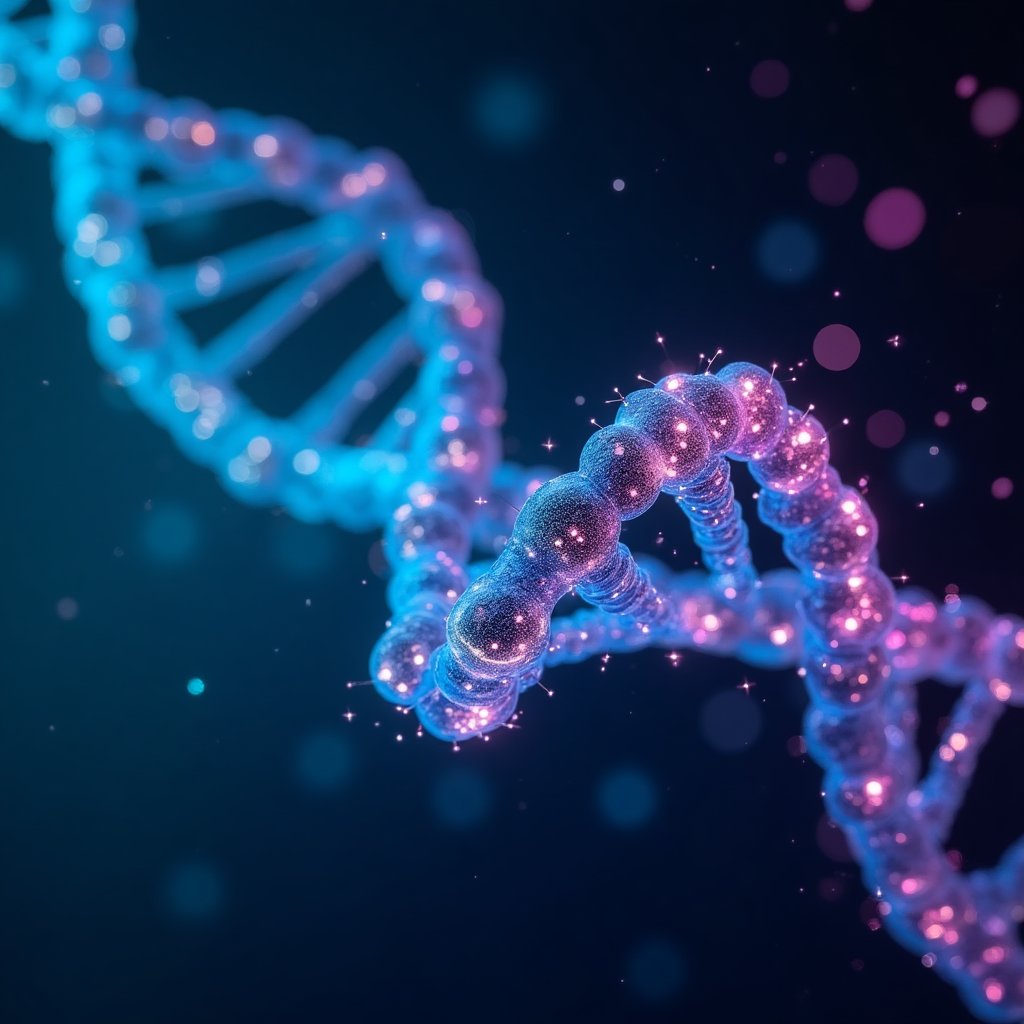
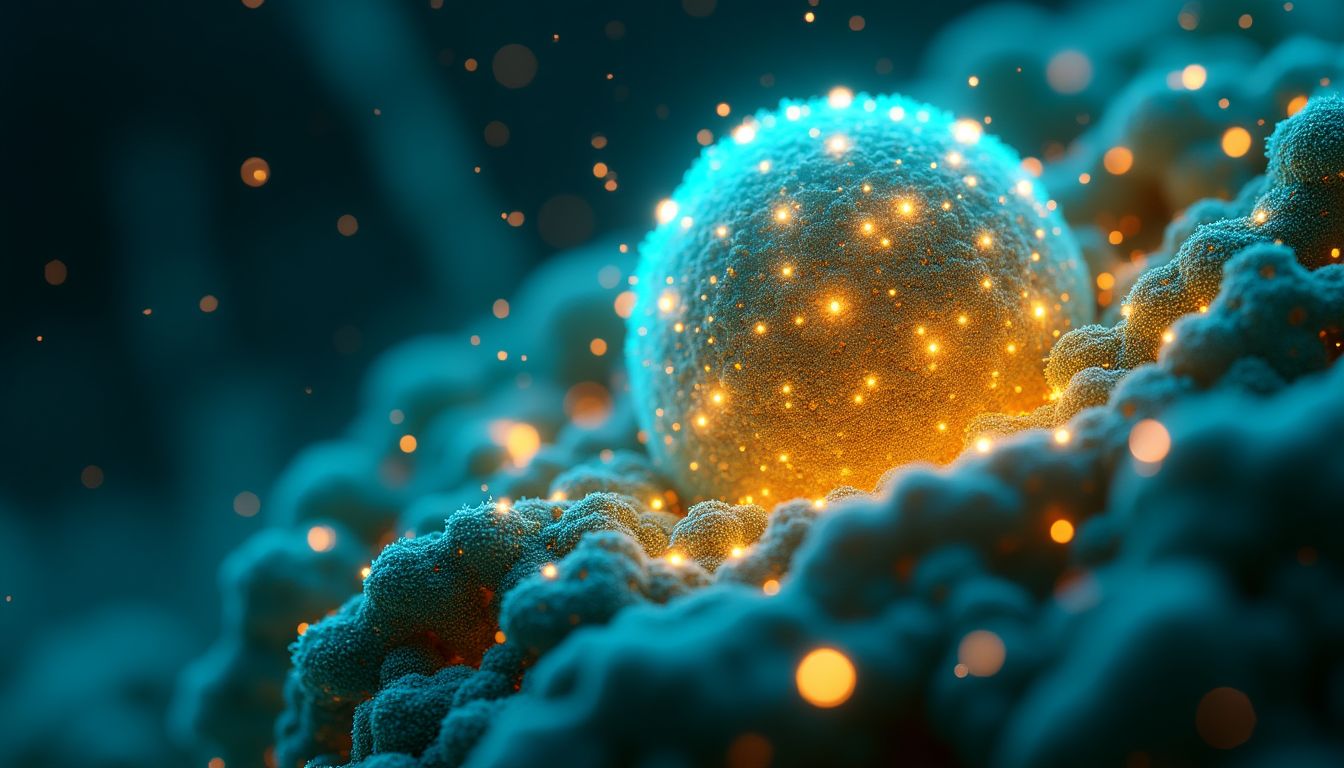
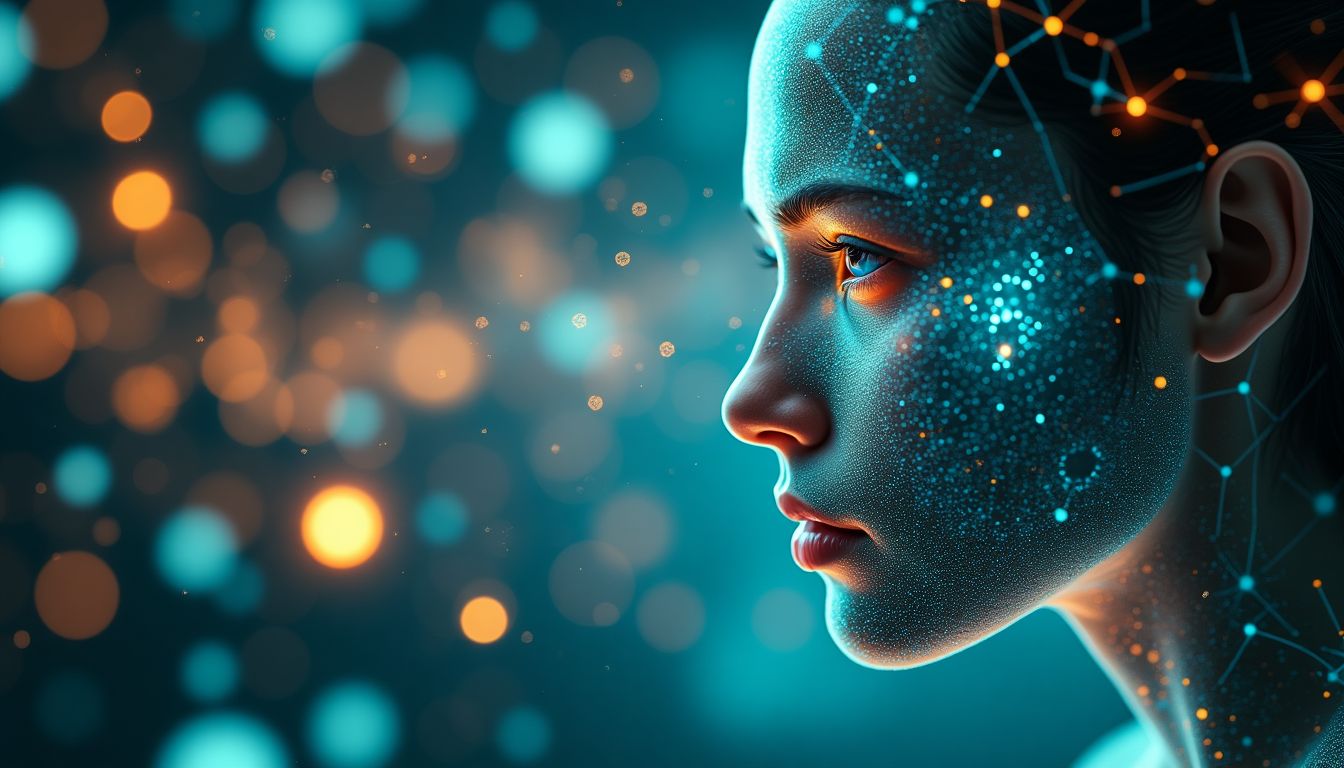
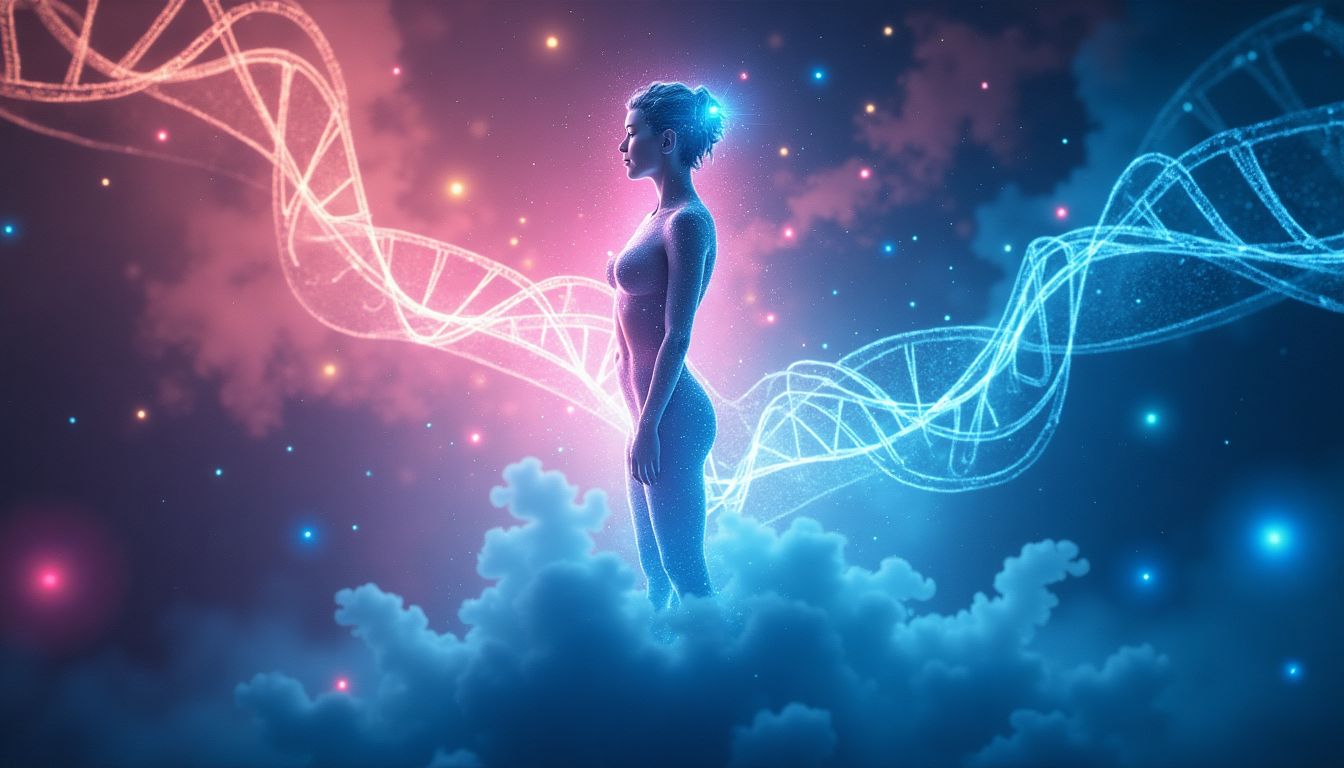
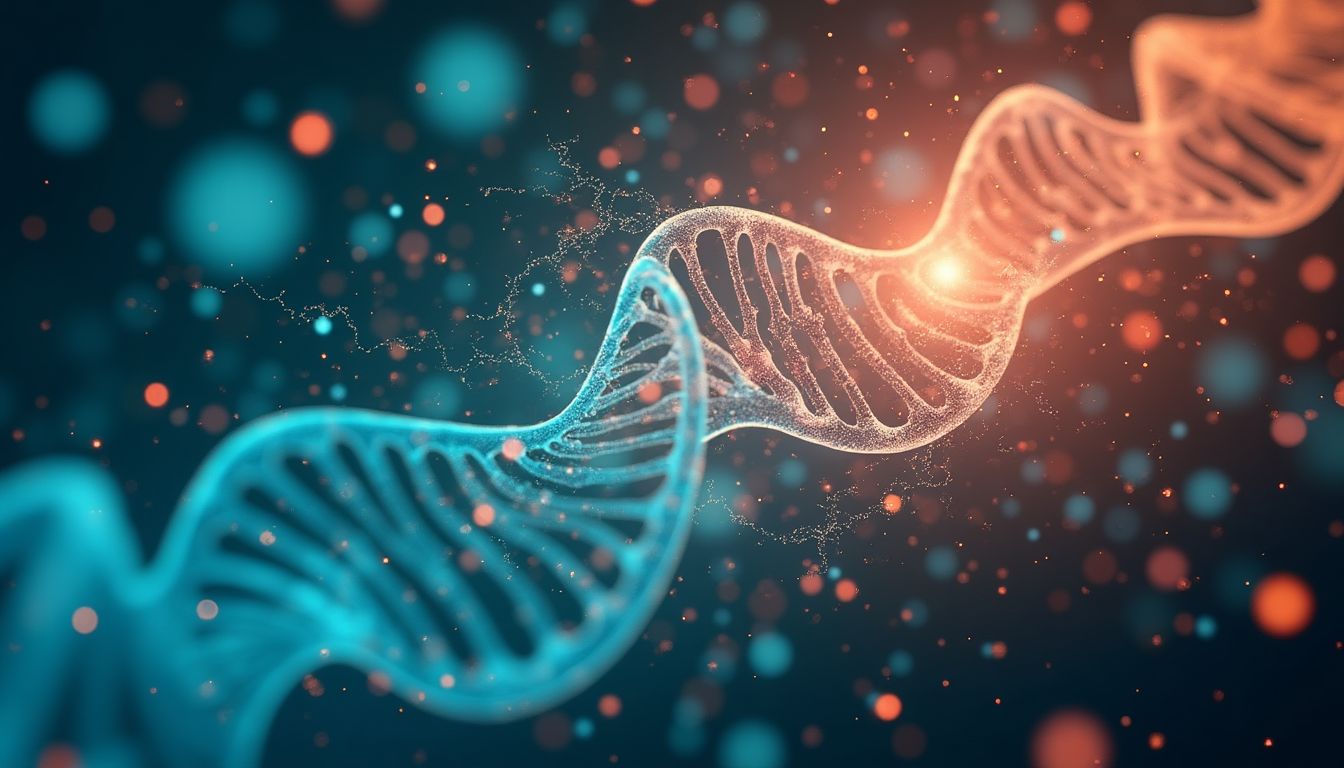




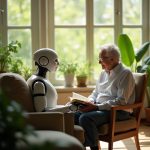



















Post Comment
You must be logged in to post a comment.